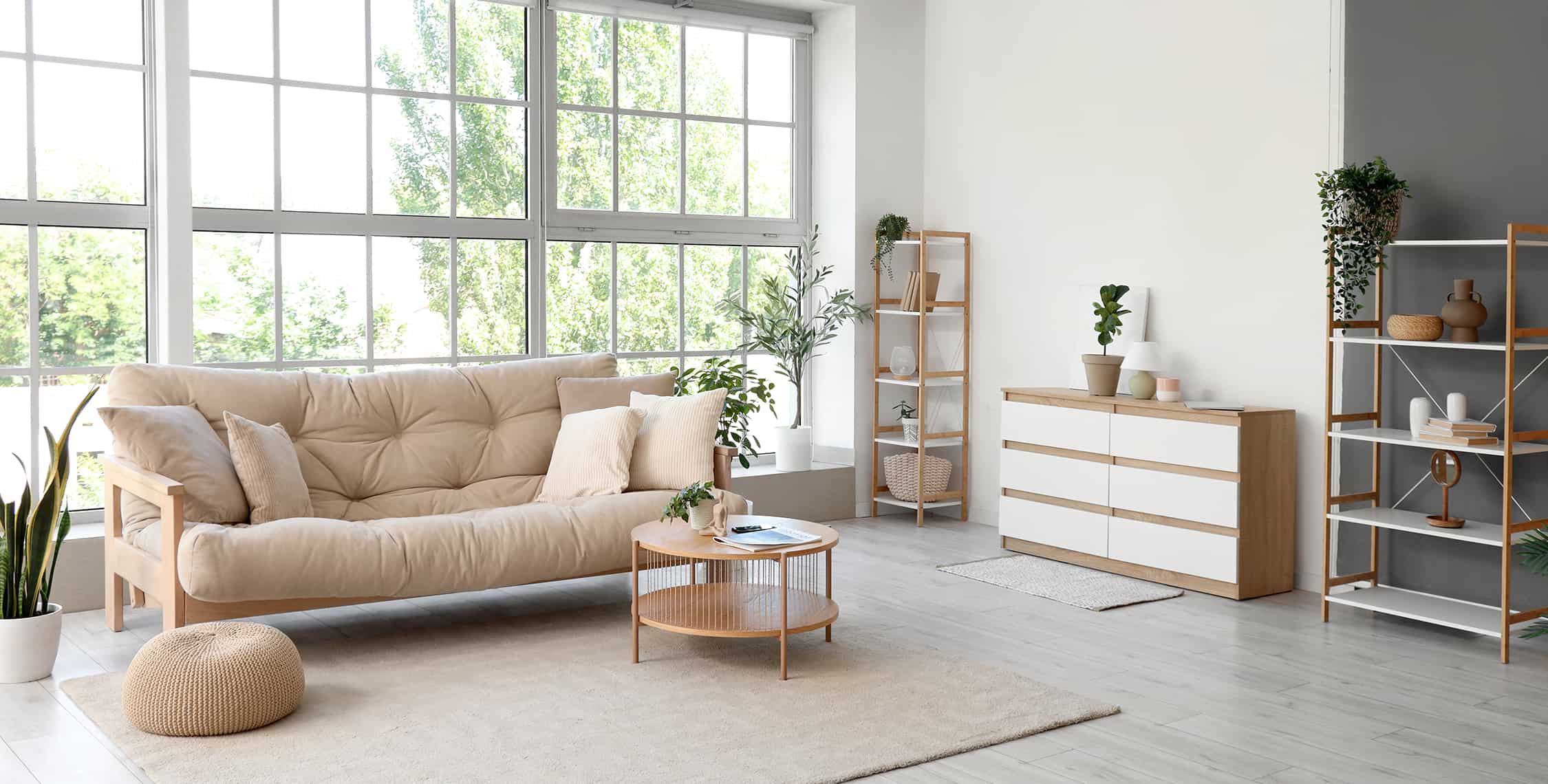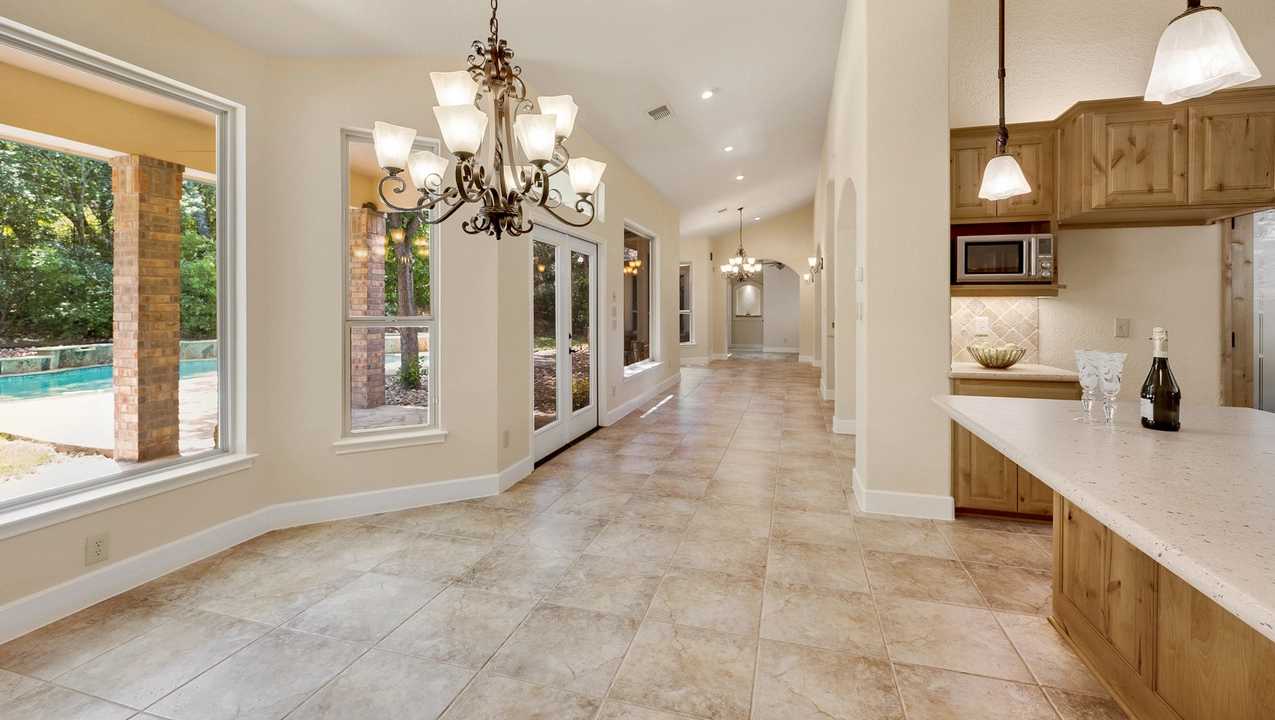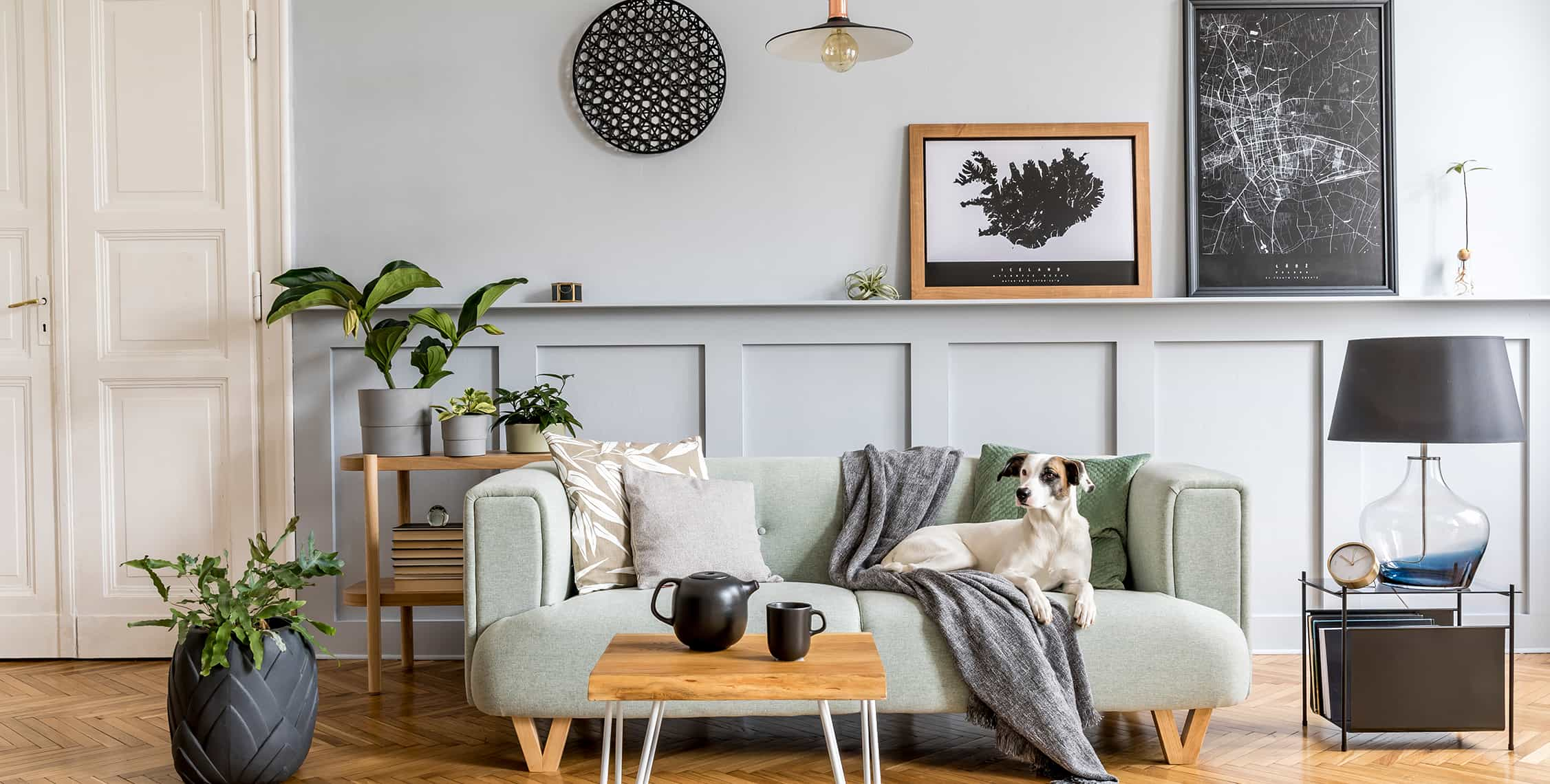Natural lighting in residential homes is indeed very important. If the lighting is insufficient, it can make the home feel damp. It can also reduce the level of serotonin, often referred to as the happiness hormone, leading to an increased risk of laziness, anxiety, fatigue, and even depression among the residents.
Tips for Creating Natural Lighting in Homes with a Natural Ambience
Good lighting can make a room feel more spacious and comfortable. Especially if you add a natural touch to it, the space will feel even more soothing. To achieve this, you can follow several tips below!
1. Install a Skylight or Glass Roof Tiles
Does your home have limited space, making rooms cramped and difficult to get proper lighting? If so, you can install a skylight to ensure optimal lighting. A skylight is a transparent glass window typically installed on the ceiling, allowing light to penetrate rooms with minimal access to natural light. If the cost is a concern, you can opt for glass roof tiles, which serve a similar function by illuminating the space.
2. Avoid Excessive Room Dividers
Having too many room dividers can obstruct natural light from entering the space. To achieve optimal natural lighting, try not to overuse room dividers. If necessary, you can use transparent glass dividers, bookshelves as room separators, and other alternatives. With minimal partitions, light will have an easier time flowing into the home.
3. Use Glass Blocks
Another option for creating natural lighting in your home design is by using glass blocks. This solution is particularly useful if you want to maintain privacy in a room while still allowing light to enter. You can combine this with flooring materials like nephrite, apache, northern grey, or nephrite beige granite which will enhance the aesthetic and fresh feel of the space.
4. Use Glass Doors
Even if window installation is not feasible for your needs, glass doors can be a great alternative. Glass doors, especially those that are resistant to breakage, not only facilitate airflow to prevent stuffiness in the home but also act as a conduit for natural light, indirectly illuminating areas like the foyer.
5. Create Shadow Effects with Roster
If you want not only to let light into your home but also add life to your space, consider using a roster to create unique and aesthetic shadow effects. Be sure to choose a roster that fits your needs and the layout of your home, including factors like design, material, and color.
6. Maximize Ventilation
In addition to improving airflow, ventilation products can also be used to bring natural light into the room. You can make your ventilation openings wider using transparent materials, allowing more light to enter while also improving airflow.
7. Use Bright Paint Colors
Light colors reflect more light compared to darker shades, which allows natural light to permeate the room more effectively. Consider using colors like light blue, white, light gray, or sky blue for the walls and ceilings of your home. This method is particularly useful in rooms with few windows.
8. Clean Glass Regularly
Although it may seem like a minor task, cleaning glass surfaces regularly is important for maintaining natural light in the home. Dirt and dust buildup can block light from entering. Clean your windows weekly, or more frequently if you live in a high-pollution area.
9. Install High Ceilings
If you’ve installed a skylight but find that the room feels too hot, you can add high ceilings to make the space feel cooler. This is especially beneficial if your home is located in a hot climate. You can also add glass walls to increase natural light in the space.
10. Add Plants for a Fresh Touch
Natural lighting in the home adds brightness, and the effect can be enhanced by incorporating decorative plants. This combination provides a fresh, cool atmosphere in the room. You can use this concept for both indoor and outdoor spaces.
Benefits of Natural Lighting in Residential Homes
Optimal natural lighting brings several benefits to the inhabitants, from health improvements to better room visualization. Let’s take a look at some of these benefits:
1. Prevents Dampness
Lack of natural light can cause rooms to become damp, which may lead to the growth of mold and bacteria. This indirectly increases the risk of health problems for the residents. Therefore, ensuring optimal lighting in the home is essential for a healthier and warmer living environment. To add extra protection against mold, you can also use anti-mold paint on the roof, walls, and ceiling.
2. Makes the Home Feel Bigger
Proper lighting makes your living space feel more expansive, providing a more comfortable environment for anyone inside. With adequate light, the room will feel less cramped and stuffy.
3. Saves Electricity
Rooms with limited natural light require artificial lighting for extended periods, leading to higher electricity usage. With optimal natural lighting, you can reduce the need for artificial lighting, thus lowering energy consumption.
Natural lighting in residential homes is indeed crucial and should be planned carefully. Failing to consider it can lead to negative impacts, not just on the comfort of the living space but also on other aspects of the home.
Popular Products

THETA VINCENT BEIGE

THETA NICOLLI WHITE

THETA RAFFINATO WHITE

THETA GIARDINO WHITE

RUSTIC AVIRA CHARCOAL















